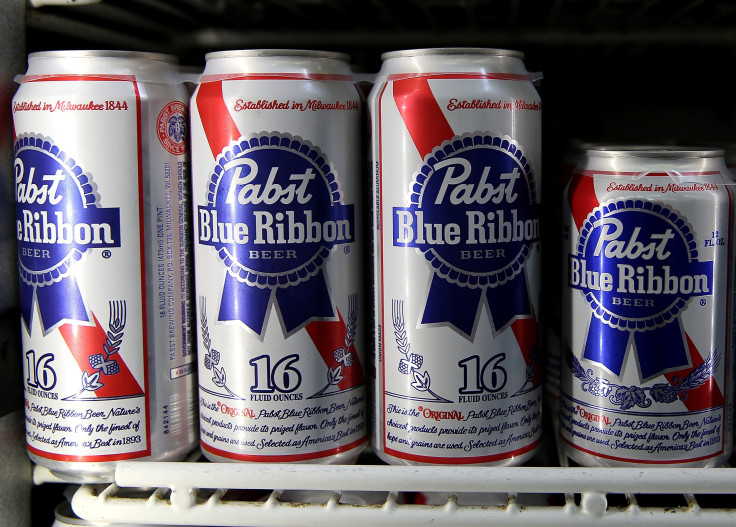Why Pabst Brewing Company Is Returning To Its Milwaukee Home And Setting Up A Beer Garden

The maker of Pabst Blue Ribbon beer is moving back to where it all began for the company 171 years ago. By next summer, Pabst Brewing Company will have a new brewery, tasting room and beer garden set up in downtown Milwaukee where Pabst once fermented its hops in a former church built before the Civil War.
But this is more than a homecoming for the country’s third-largest brewer. Amid an explosion of small craft breweries and beer pubs, industry watchers say Big Beer has received a resounding message: Luring younger consumers requires direct engagement.
“This is a response to consumers who are looking for experiential interactions with brands, and what better way to do that than to have a bar?” said Bart Watson, staff economist at the Boulder, Colorado-based Brewers Association. “MillerCoors is building a brewery taproom in Denver for its Blue Moon brand for a similar reason." Watson says Anheuser Busch’s acquisitions of smaller breweries, like Elysian, points to the company's desire for more venues that sell beer directly to beer lovers.
The new interest in direct engagement is a response to massive growth in the number of beer options coming from small players. According to the Brewers Association, there are nearly 3,500 breweries in the U.S., up from less than 1,500 just a decade ago. In 1996, the number of breweries topped 1,000 for the first time since 1918.

For Pabst, setting up a brewing facility in Wisconsin seems like a natural choice. The company plans to offer a wide selection of brews in what sounds like an interactive beer museum.
"We have an incredible portfolio of iconic heritage brands, many of which are dormant," a company spokesperson told International Business Times. "In addition to brewing many of Pabst’s iconic pre-prohibition brands, such as Old Tankard Ale, Kloster Beer, Bock, Andecker, and others, we plan to brew new craft beers inspired by recipes from the Pabst archives. We are excited to offer these craft beers that are a huge part of our history."
THE FALL AND RISE OF PBR
Unable to dodge its reputation as a working-class beer brand for middle-aged men, Pabst sales steadily declined since the late 1970s as consumers embraced the tidal wave of imported brands from Mexico and Europe. But around 2000, young urban bar crawlers who embraced (with a shot of cheap irony) Pabst Blue Ribbon’s blue-collar cred, helped revive the brand. Pabst is privately held and doesn't release its sales figures.
By the time PBR received an endorsement in “The Hipster Handbook” by humorist Robert Lanham in 2003, the company’s annual sales were growing, according to the New York Times. Suddenly, every trendy dive bar from San Francisco's Mission District to Manhattan's Lower East Side was serving Pabst's flagship beer.
Pabst reacted to the shift coolly, which turned out to be a wise decision to attract a consumer base averse to overt marketing. Instead of engaging in a cheesy advertising blitz that could have easily wiped out the beer's emerging bohemian reputation, the company simply ensured that PBR was present in places where its new customers hung out, including indie rock festivals. Pabst also began connecting with customers through social media.
Like other big brewers, Pabst is now working to engage with customers more directly, to see what younger buyers want. For Pabst this could mean sticking to its historical roots. In an interview published Wednesday in the Milwaukee Wisconsin Journal Sentinel, company boss Eugene Kashper said the new brewery and beer garden complex will experiment with old Pabst recipes that date back to pre-Prohibition days, like Old Tankard Ale and Kloster Beer.
© Copyright IBTimes 2025. All rights reserved.






















